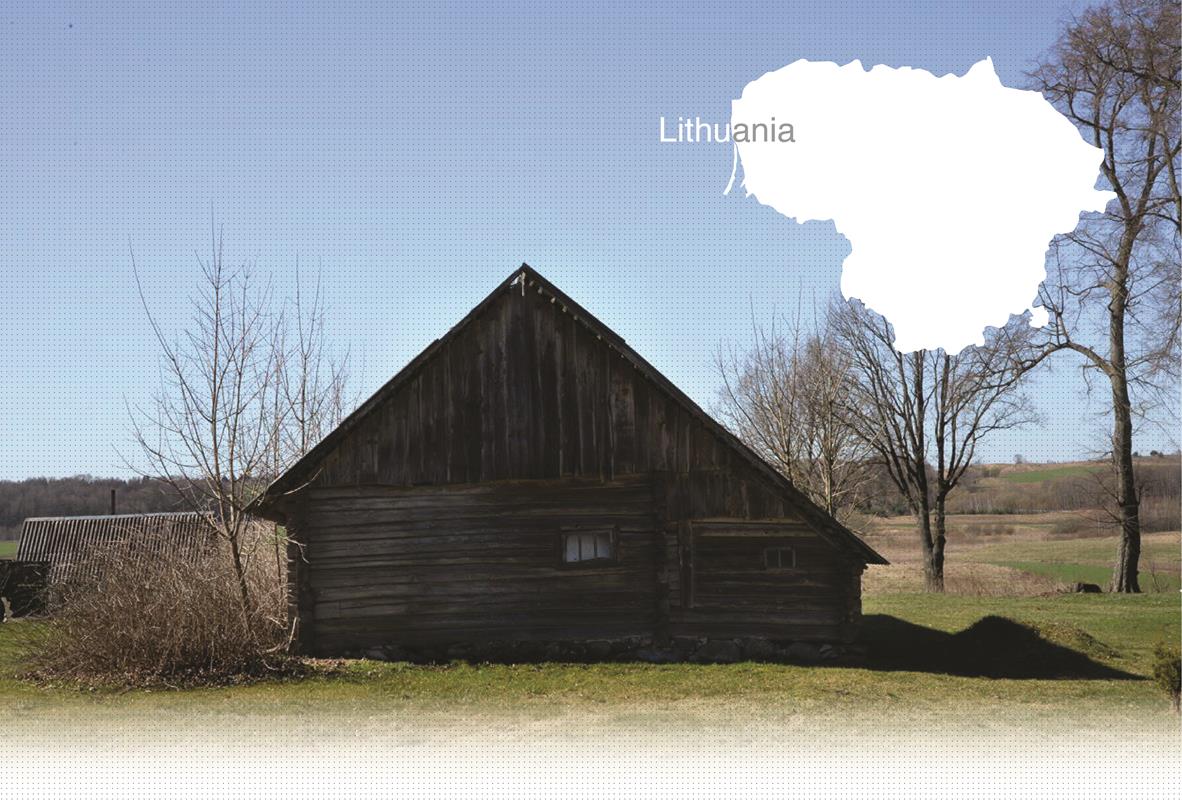

1 Killing site(s)
Bronislava S., born in 1932, lived close to the execution site in Žyniai and witnessed numerous mass executions: “The victims were brought by truck to the ditch. It was about a hundred meters long. The victims had gold and valuables with them. They were ordered to put everything they had in one pile and go to the edge of the pit. Then, they were shot. The next day, it was the same story." (Eyewitness N°295, interviewed in Kazlų Rūda, on October 14, 2016)
“Black covered vehicles continuously drove to the forest, where the shootings were carried out in the beginning; later, the shootings were conducted in anti-tank trenches. On the road from Naumiestis to the Rementishki estate, near the mill, there is a huge anti-tank trench full of bodies of prisoners of war who were shot four times. I brought the bloody side caps of our soldiers from that grave to the town to show to our women twice. I also brought pieces of clothes that were left unburied. The bodies were only slightly covered with earth, and blood came to the surface.” [Deposition of unnamed witness, taken on April 6, 1945, RG-22.002M.7021-94/434, p. 32]
Žyniai was a small village in the Žalioji volost, Vilkaviškis county, inhabited mainly by Lithuanians before the war, although a few German families lived there, too. Jews from Kudirkos Naumiestis, located 10 kilometers westwards, used to come to the village to sell their goods. 2305 Jews lived in Kudirkos Naumiestis in 1908, but emigration and the First World War reduced this number to 981 by 1923. When the Nazis took power in Germany in 1933, they closed the border passage next to Kudirkos Naumiestis, significantly reducing the income of local traders and causing the closure of 24 shops. The Jewish population further decreased in the following years. About 800 Jews lived in the town in 1941, when Germany invaded the Soviet Union. During the first Soviet occupation in 1940-1941, an anti-tank trench was dug in Žyniai to stop the potential enemy, but when the German army invaded the Soviet Union in June of 1941, it didn‘t encounter heavy resistance. The village was occupied during the first days of the war.
Witnesses interviewed by Yahad recalled numerous mass executions perpetrated in anti-tank ditchs in Žyniai in the summer of 1941. Trucks with dozens of Jews would arrive by the road from Kudirkos Naumiestis. Apparently, they were residents of the town and the surrounding villages. As described by the witnesses, victims would be forced out of the truck, undressed and stripped of their belongings, then placed on the edge of the trench and shot in the back. The executioners would cover the bodies with a thin layer of earth before bringing the next group of victims, either the same day or later. The ditch was located in a plain field, next to the main road connecting Kudirkos Naumiestis and Pilviškiai, thus the locals and passersby could observe the massacres from a close distance. Sometimes, the guards would stop the passing carts, forcing their drivers and passengers to become the eyewitnesses of mass crime. The anti-tank ditch in Žyniai became a mass grave not only for local Jews, but also for hundreds of prisoners of war from the camp that operated in Kudirkos Naumiestis. According to available sources, the total number of victims killed in the ditch in 1941 and 1942 is about 2000. The rest of the Jews of Kudirkos Naumiestis were killed in the town‘s Jewish cemetery and the Paražniai Forest.
For information about these mass executions, please refer to the corresponding village profiles
Do you have additional information regarding a village that you would like to share with Yahad ?
Please contact us at contact@yahadinunum.org
or by calling Yahad – In Unum at +33 (0) 1 53 20 13 17